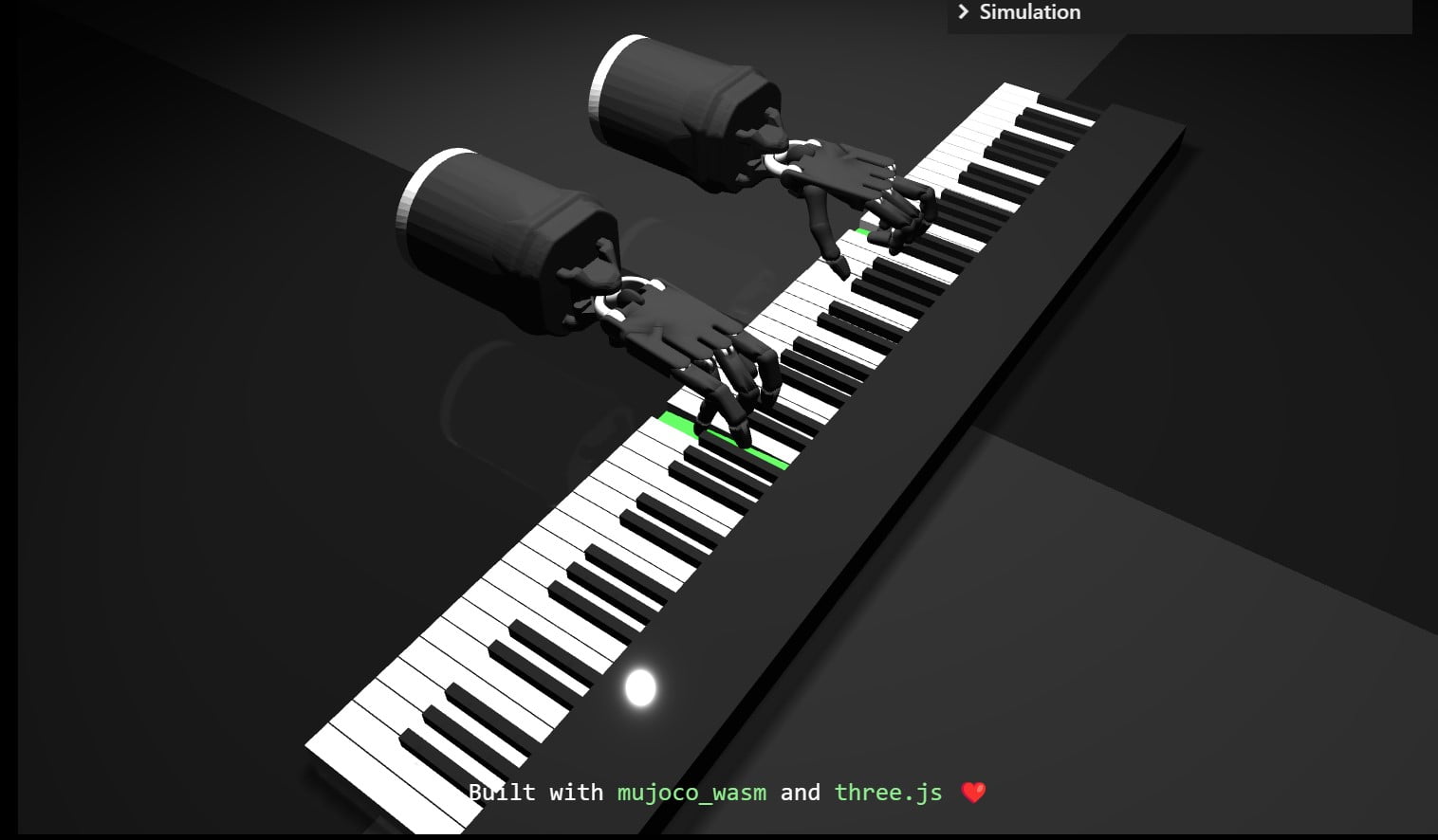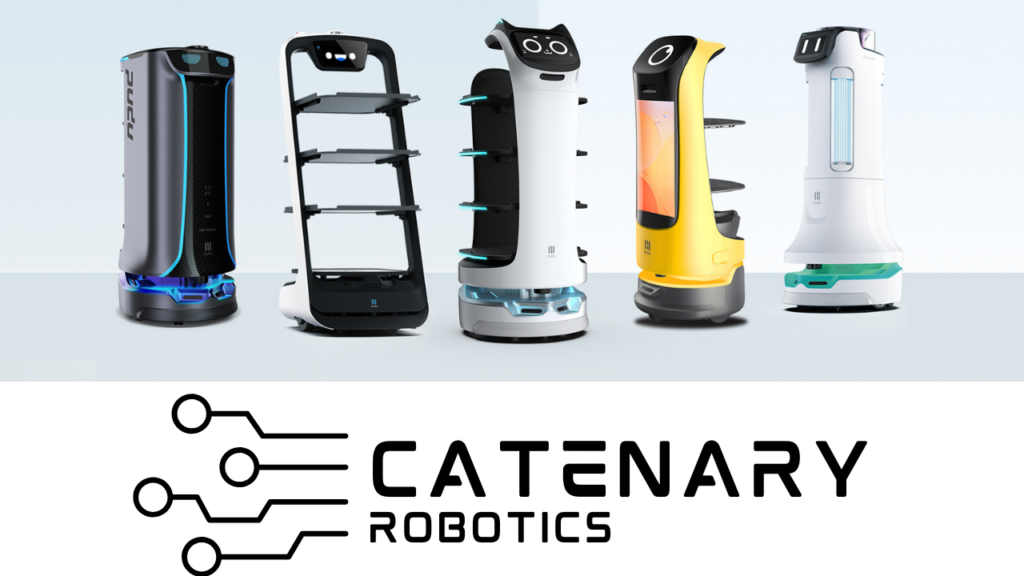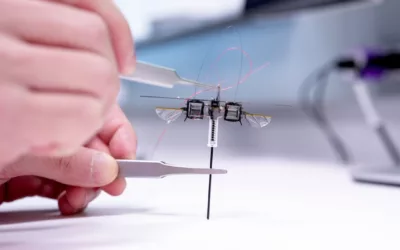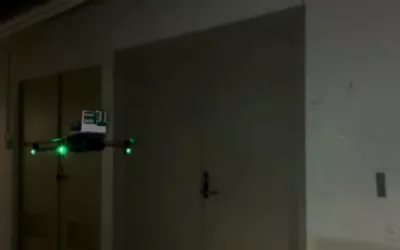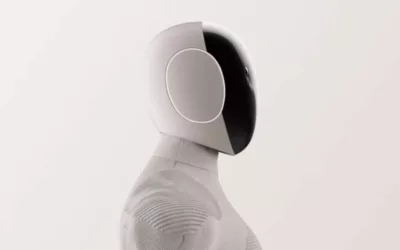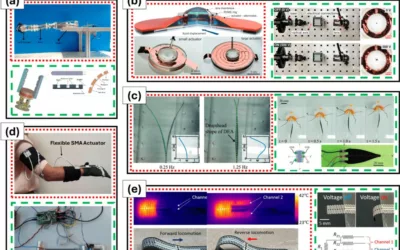A team of researchers from Google, UC Berkley, DeepMind, Stamford, and Simon Fraser Univ have developed a benchmark suite for high-dimensional control as it relates to mastering playing the piano called RoboPianist.
The team aims to advance control strategies that enable mastery of the piano, fostering a broader understanding of two-handed, multi-fingered control techniques. To achieve this goal, RoboPianist embodies a pair of robot hands, each equipped with 22 actuators, totaling 44. These robot hands, akin to human hands, are deliberately underactuated, having fewer actuators than degrees of freedom.
Observing a humanoid robot hand attempting to grasp objects reveals its slow and awkward movements. Managing the numerous joints involved is indeed a challenging task. Learning to play the piano serves as an excellent benchmark to refine these techniques. The project’s research paper showcases various methods used to train RoboPianist in playing the instrument. While it may not be extraordinary yet – one wouldn’t expect RoboPianist to invite you to a gig – it can undoubtedly perform basic piano playing.
For those interested, the project’s work is available on Github for in-depth exploration, and there’s a live demo accessible via a web browser. Additionally, you may want to explore other endeavors that involve robots playing the piano.

